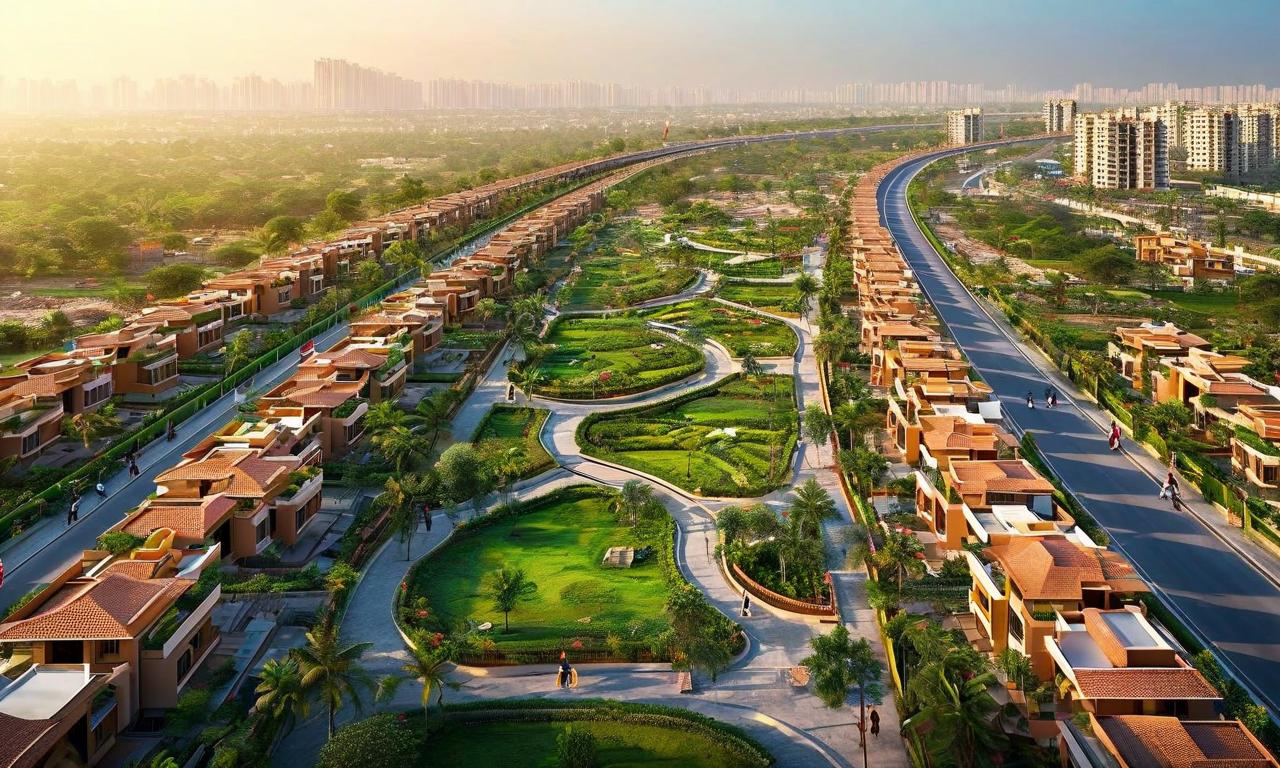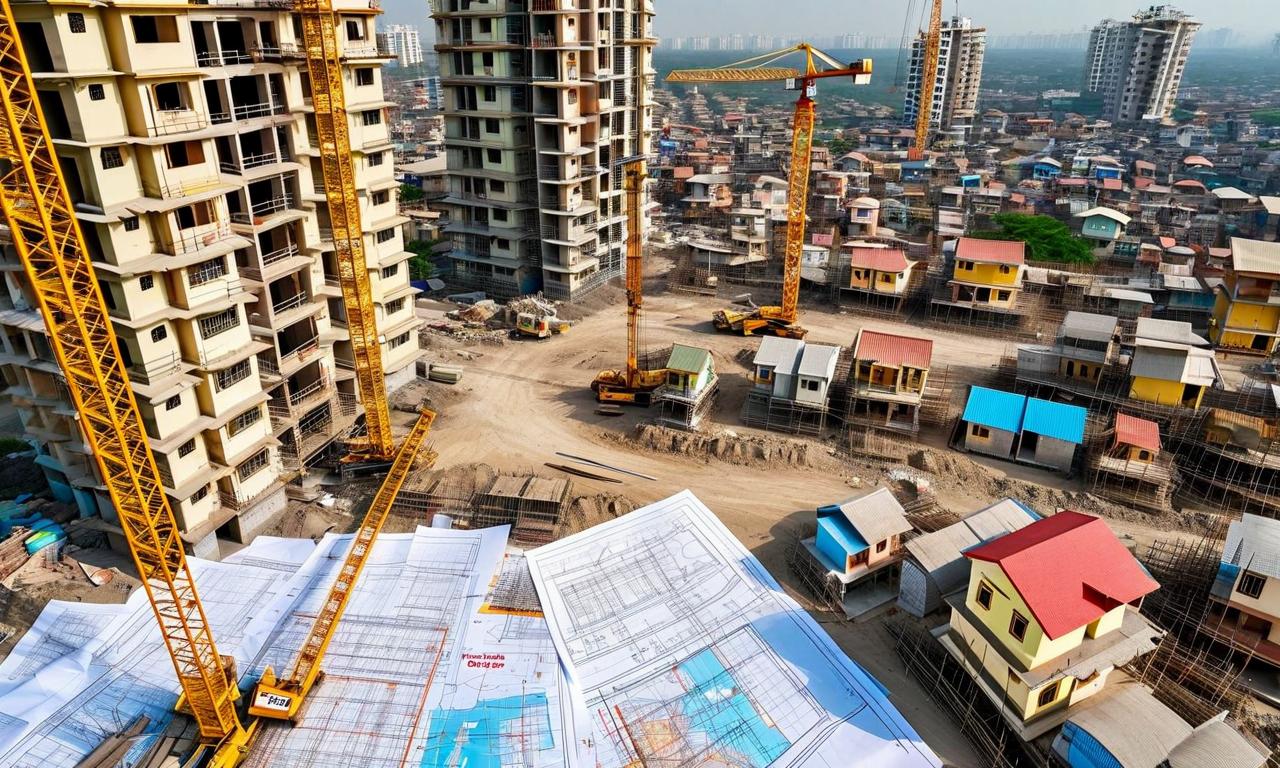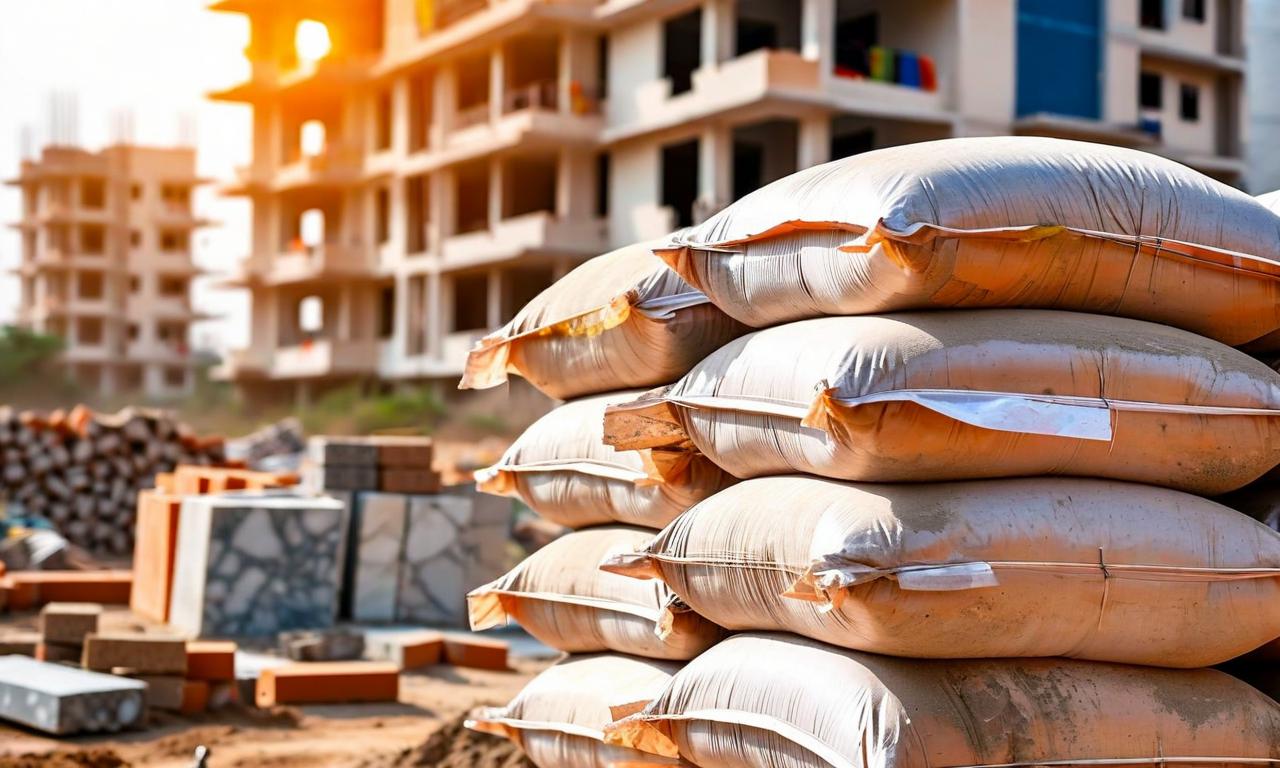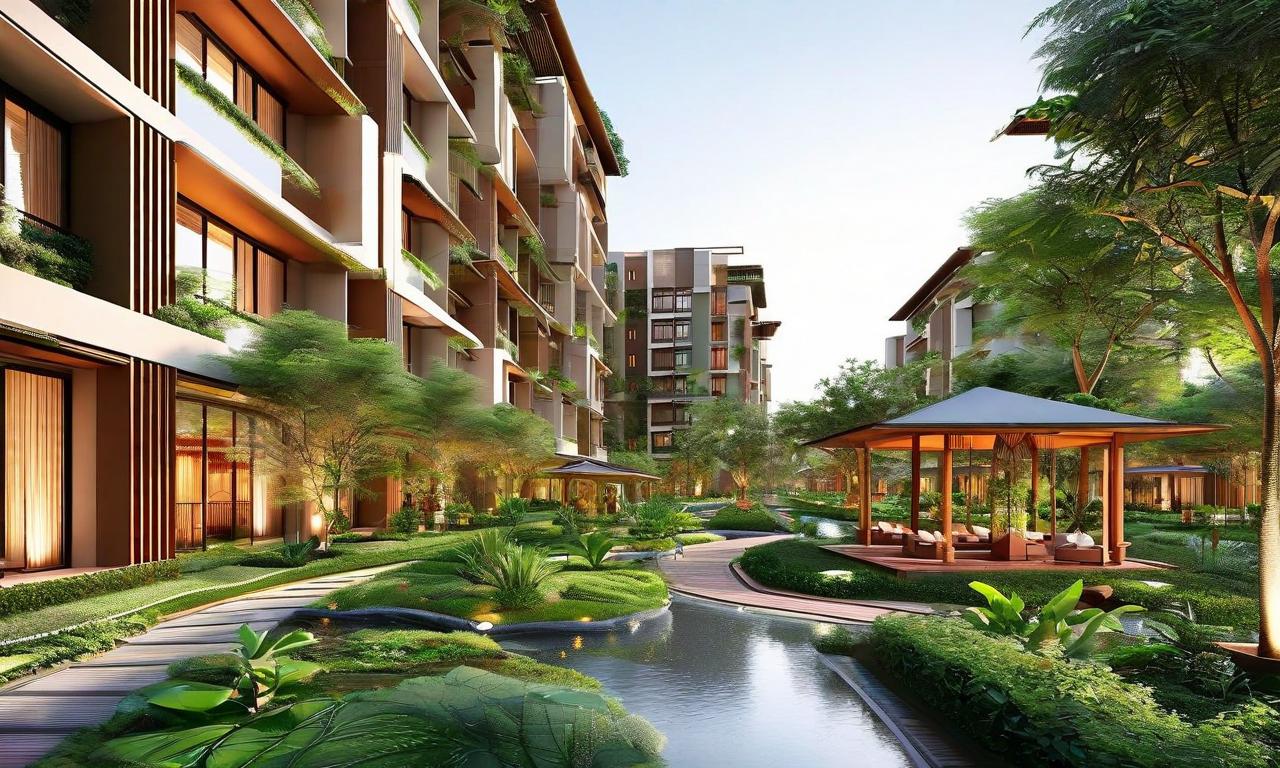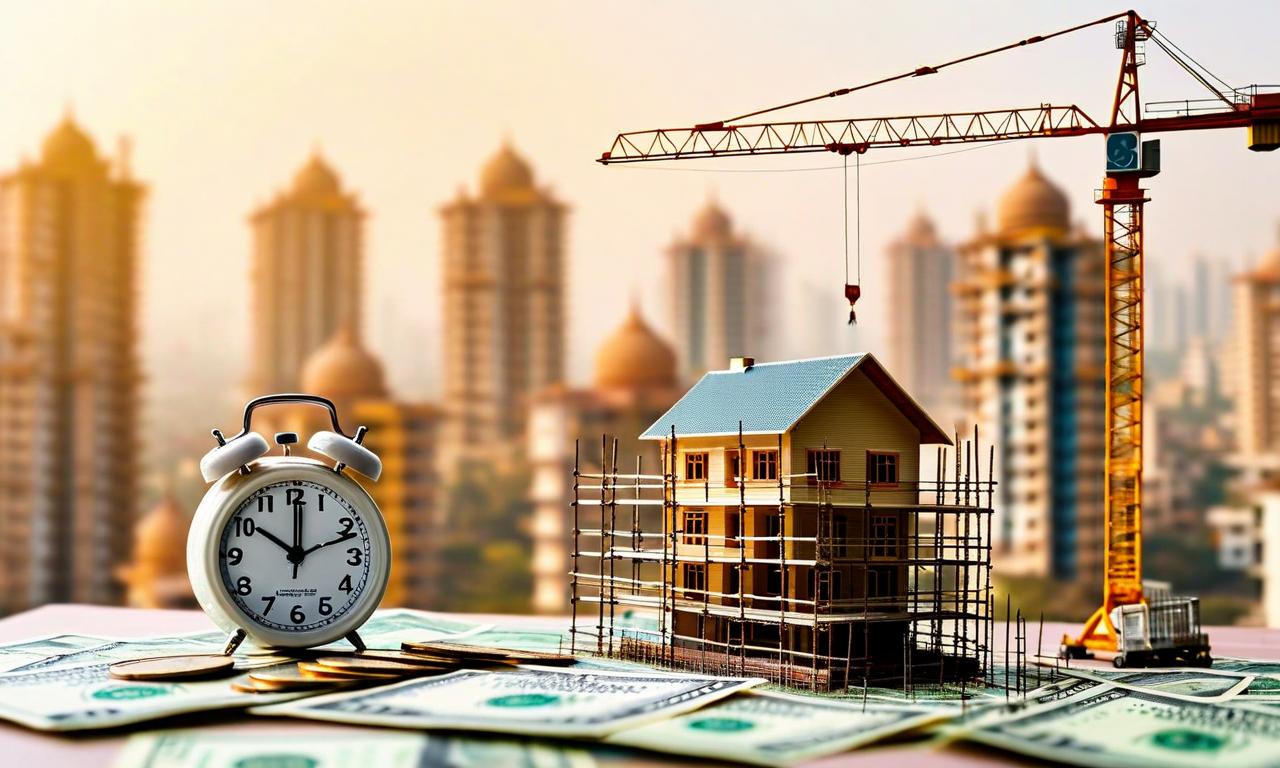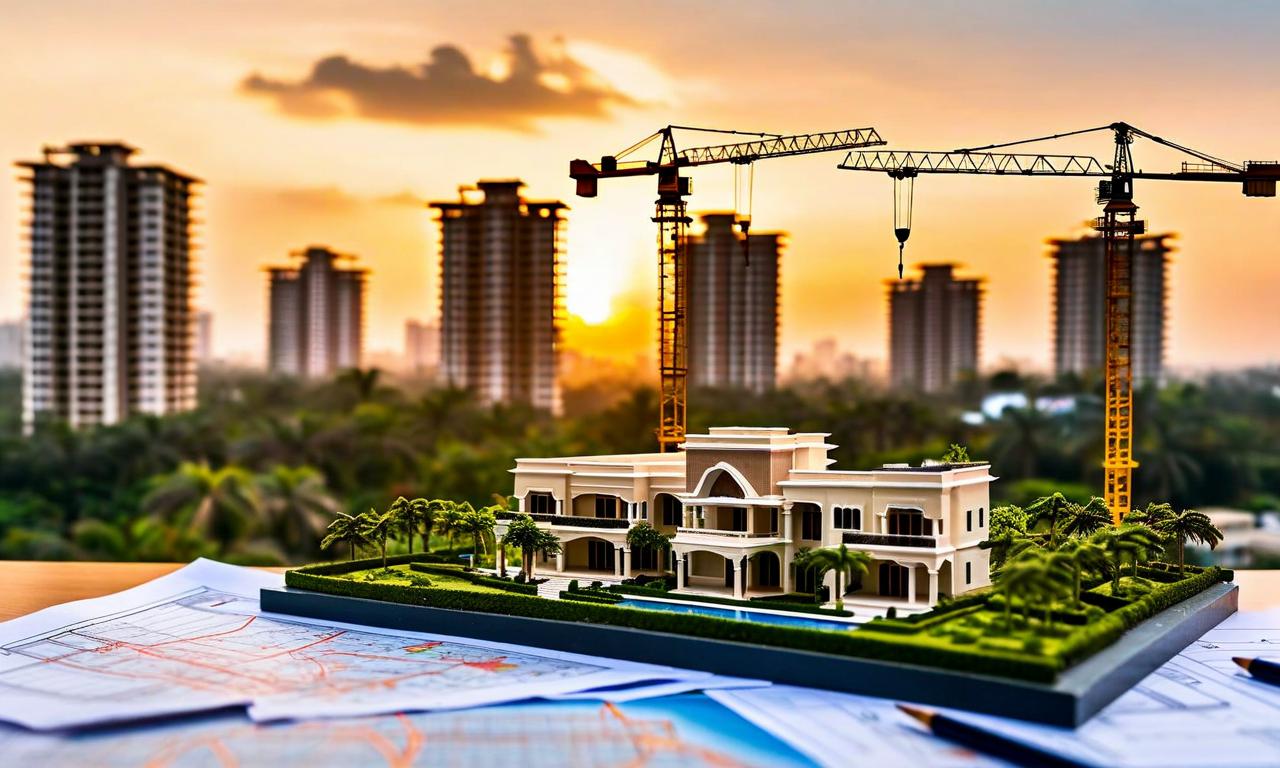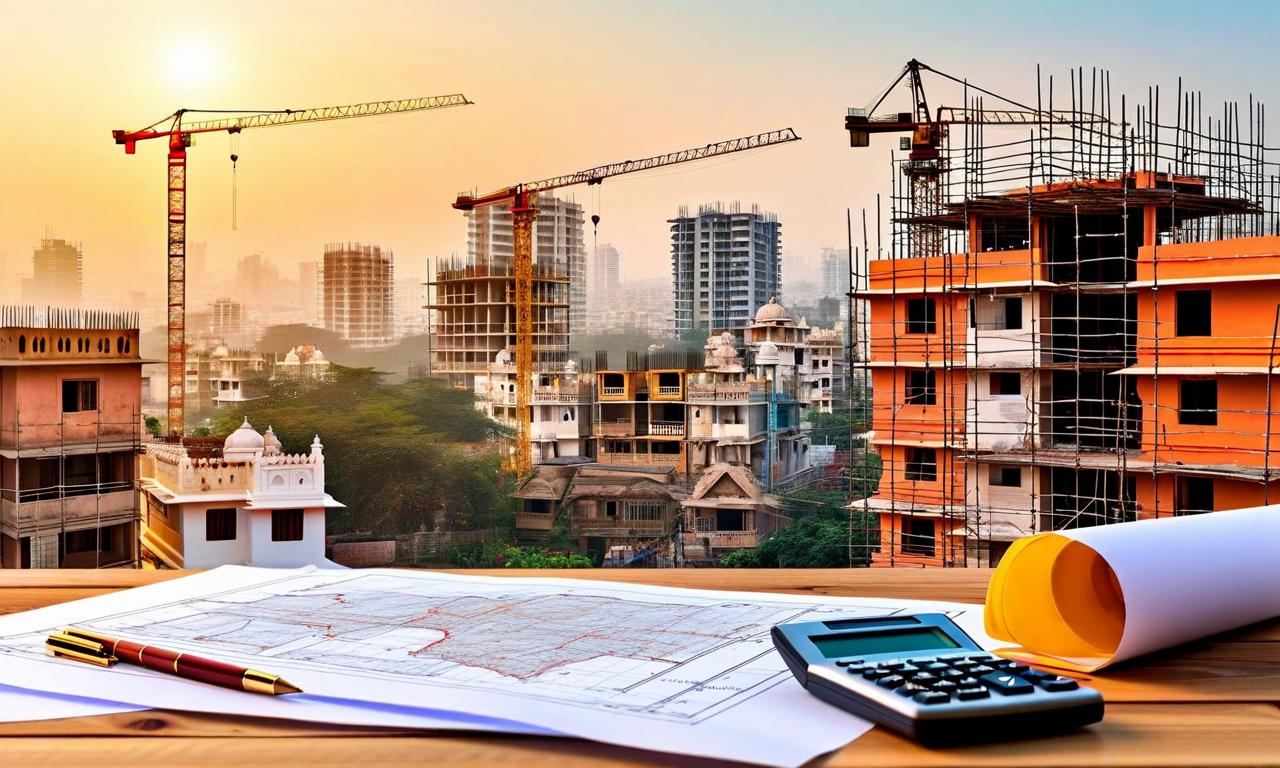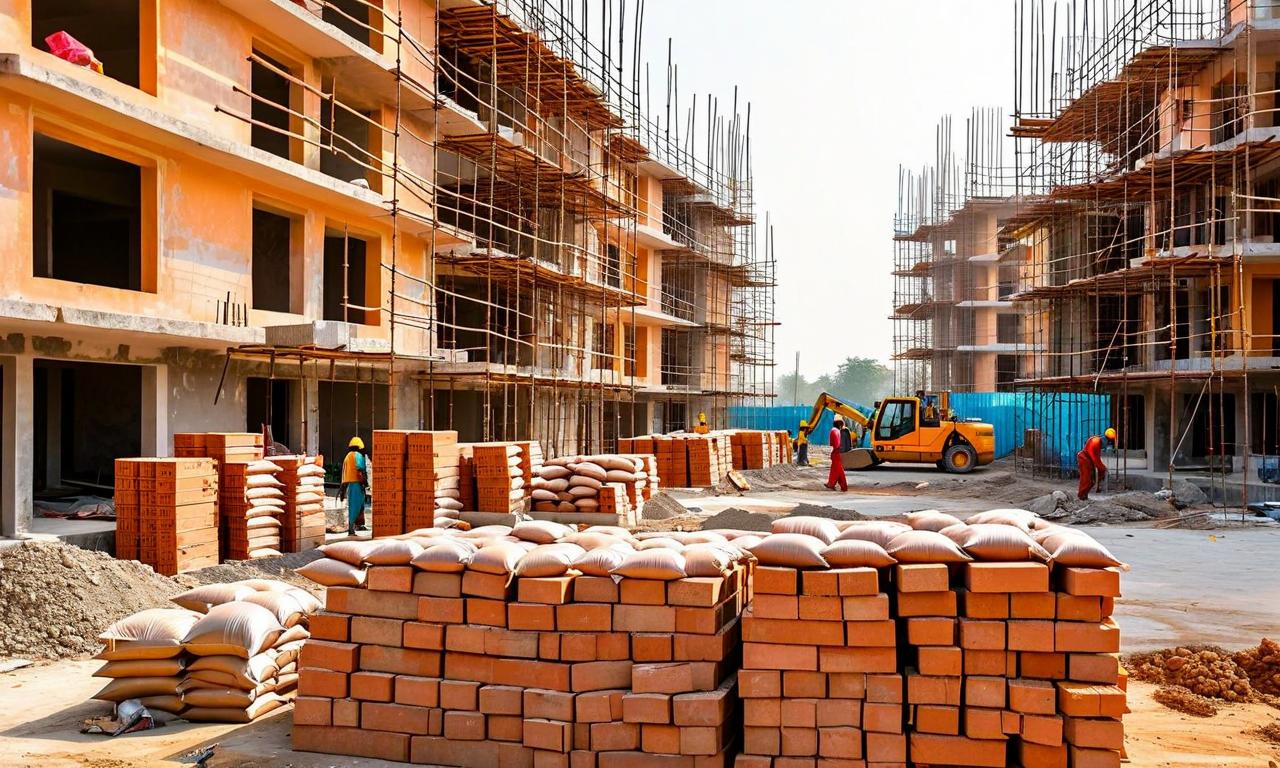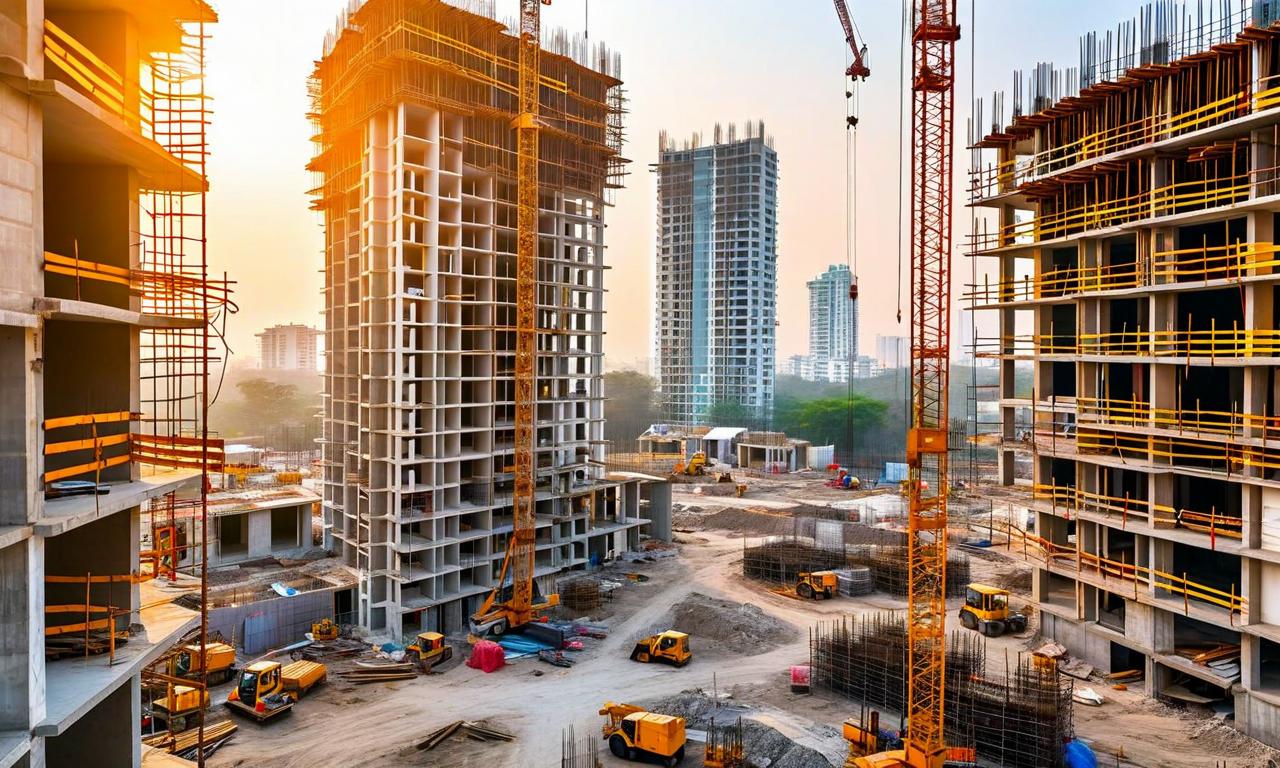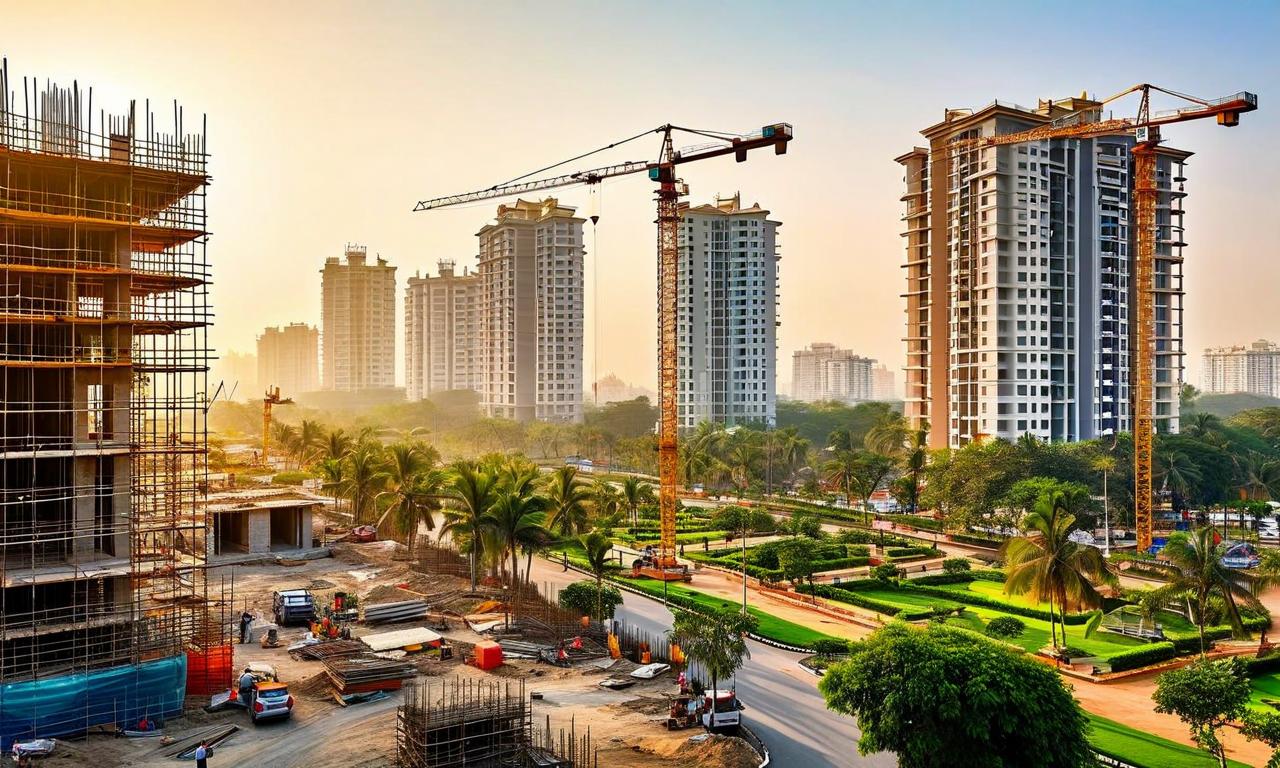Real Estate Stocks Slump Amid Demand Concerns, Despite Projected Rise in Transaction Values
The Indian real estate sector is facing a downturn with stocks declining for the third consecutive session. The realty index has fallen over 2% in the latest session, contributing to a 3.5% loss over three days, outpacing the Nifty's 1.1% decrease. Major players like Godrej Properties, DLF, and Oberoi Realty have seen significant declines. Factors behind the slump include profit-taking, sluggish demand, and strong supply. Despite long-term growth of 325% over five years, the sector is now experiencing a reversal. Projected housing sales for Q3 show a 9% decline, but transaction values are expected to increase by 14% due to higher activity in premium segments. Regional impacts vary, with Mumbai facing the steepest decline and some cities showing growth.
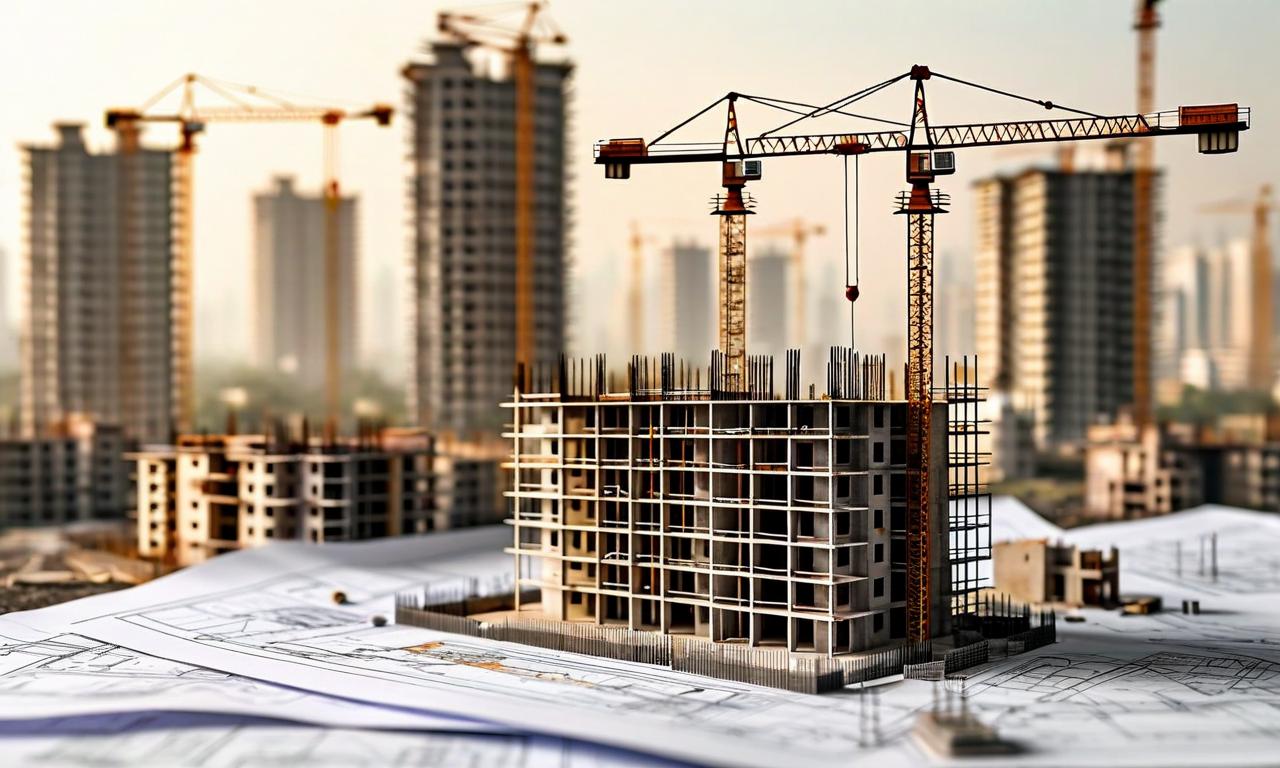
*this image is generated using AI for illustrative purposes only.
The real estate sector in India is experiencing a significant downturn, with stocks declining for the third consecutive session. The realty index has fallen over 2% in the latest session, contributing to a cumulative loss of 3.5% over three days. This decline outpaces the benchmark Nifty index, which has seen a more modest 1.1% decrease during the same period.
Market Performance
Eight out of ten stocks in the realty index have registered losses, with some of the sector's major players taking substantial hits:
| Company | Decline |
|---|---|
| Godrej Properties | 4.00% |
| DLF | 3.50% |
| Oberoi Realty | 2.80% |
| Lodha Developers | 2.00% |
| Phoenix Mills | 2.00% |
Factors Behind the Decline
Analysts attribute this downturn to several factors:
- Profit-taking: After a period of strong gains, investors appear to be cashing in on their profits.
- Sluggish Demand: The real estate market is facing weak demand, particularly in certain segments.
- Strong Supply: An oversupply in the market is putting pressure on prices and sales.
Long-term Performance vs. Recent Trends
The real estate sector has shown impressive long-term growth, with the Nifty Realty index surging 325% over the past five years, significantly outperforming the Nifty's 127% gain during the same period.
However, the sector is now experiencing a reversal of fortunes:
- The Nifty Realty index is down 14.40%
- In contrast, the Nifty has advanced 5.50% during the same period
Market Segment Analysis
- Premium Segment: New launches have been limited following strong demand last year.
- Mid-tier Players: Facing muted business conditions.
Projected Sales and Transaction Values
Despite the current stock market performance, Anarock projects some interesting trends for the July-September quarter:
- Housing sales across India's top seven cities are expected to decline 9% to 97,080 units, compared to 107,060 units in the same period last year.
- Despite lower unit sales, transaction values are projected to increase 14% to ₹1.52 lakh crore, driven by higher activity in premium and luxury segments and price appreciation over the past year.
Regional Performance
The impact varies significantly across different regions:
- Mumbai Metropolitan Region faces the steepest decline at 16% to 30,260 units
- Pune: -13% to 16,620 units
- Delhi-NCR: -11% to 13,920 units
- Hyderabad: -11% to 11,305 units
- Bengaluru shows minimal impact with only 1% decline to 14,835 units
- Kolkata and Chennai buck the trend with growth of 4% to 4,130 units and 33% to 6,010 units respectively
Future Outlook
Analysts suggest that further declines in real estate stocks are possible:
- Potential for an additional 5-7% drop
- Higher trading volumes during declines indicate bearish sentiment among investors
However, it's worth noting that sales continue to exceed new supply, indicating sustained market health despite the current stock market performance.
The real estate sector's current struggles highlight the cyclical nature of the market and the impact of changing demand-supply dynamics. Investors and industry watchers will be closely monitoring how these trends develop in the coming months, particularly in light of the sector's strong performance over the past few years and the projected increase in transaction values.
